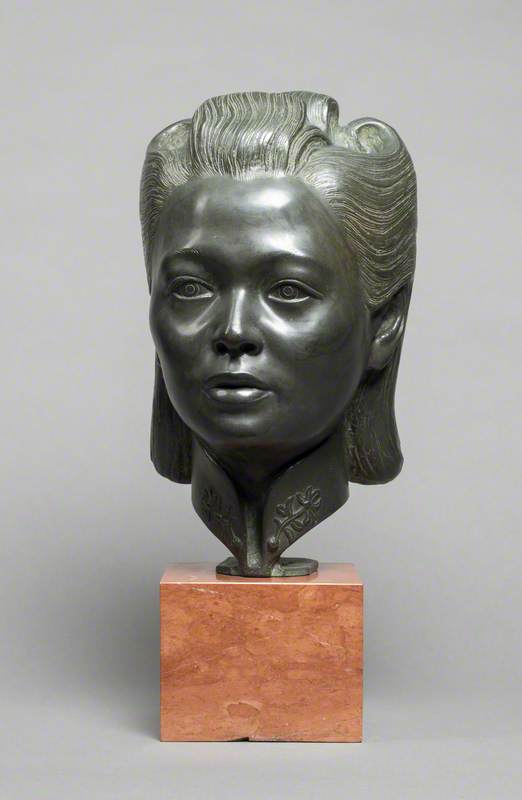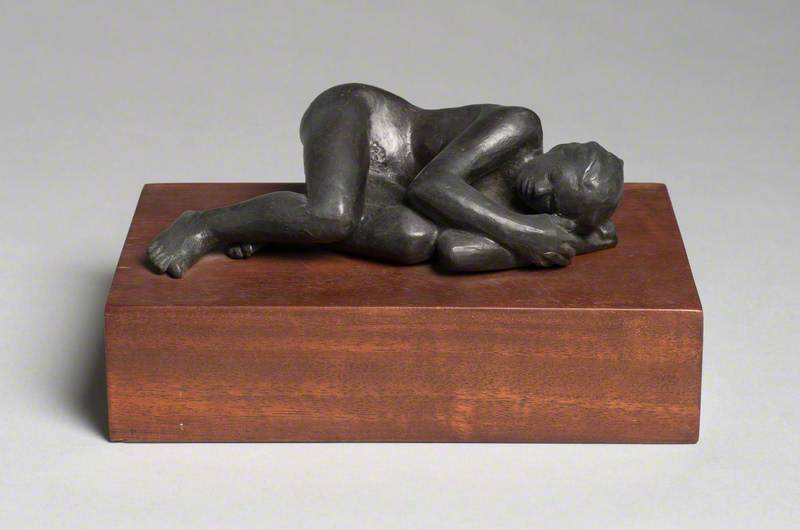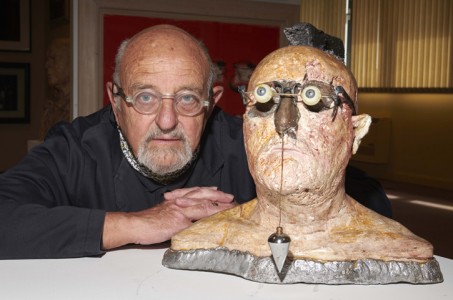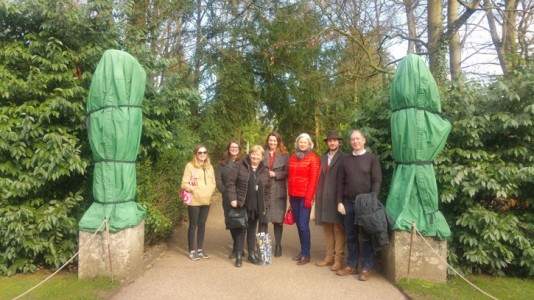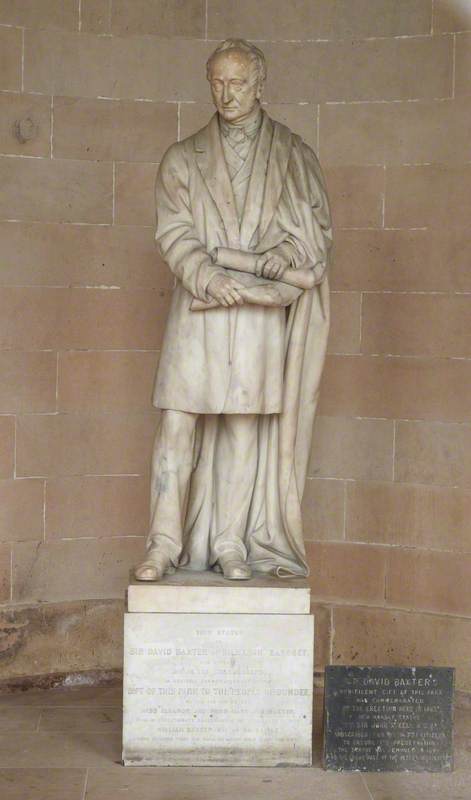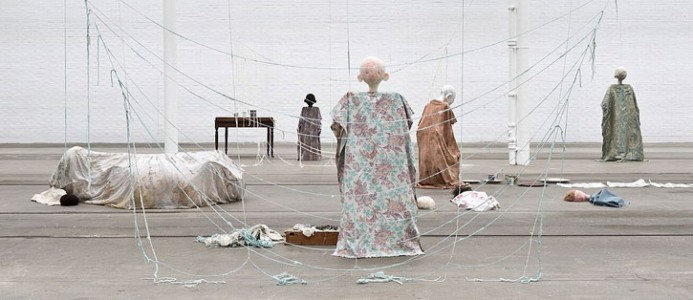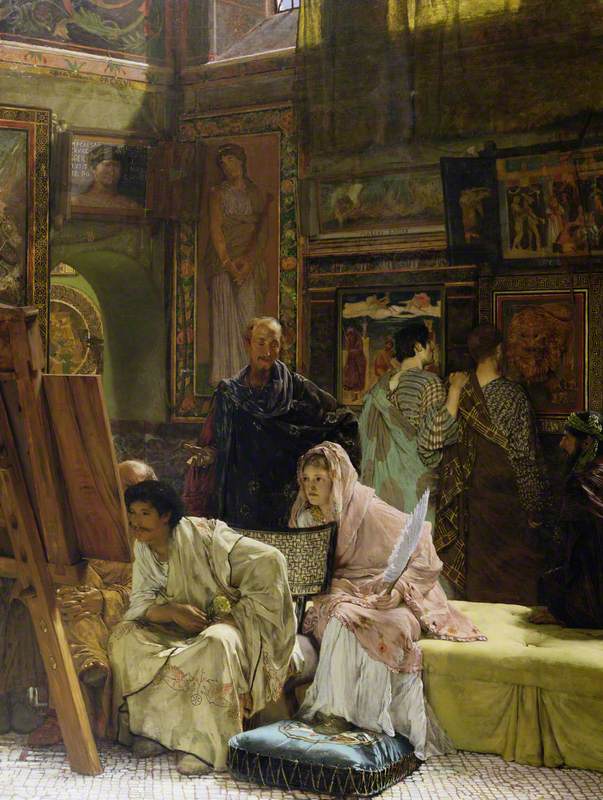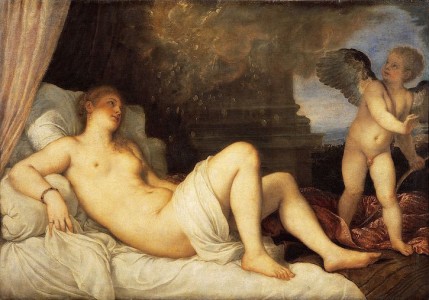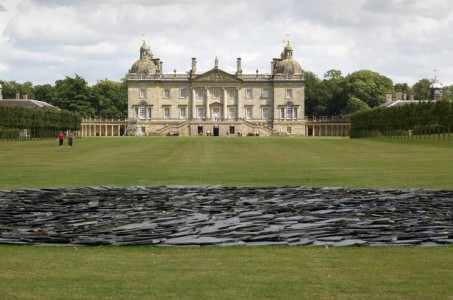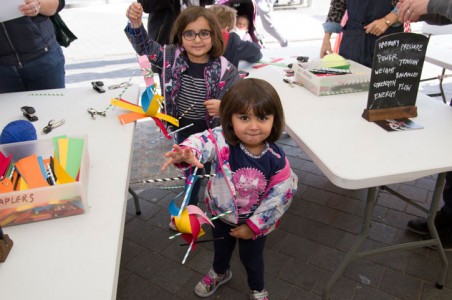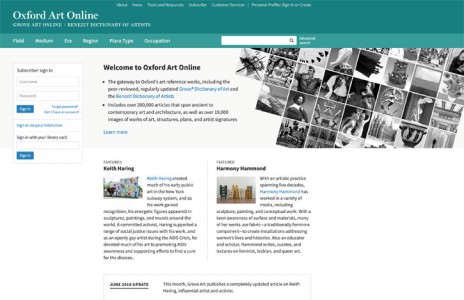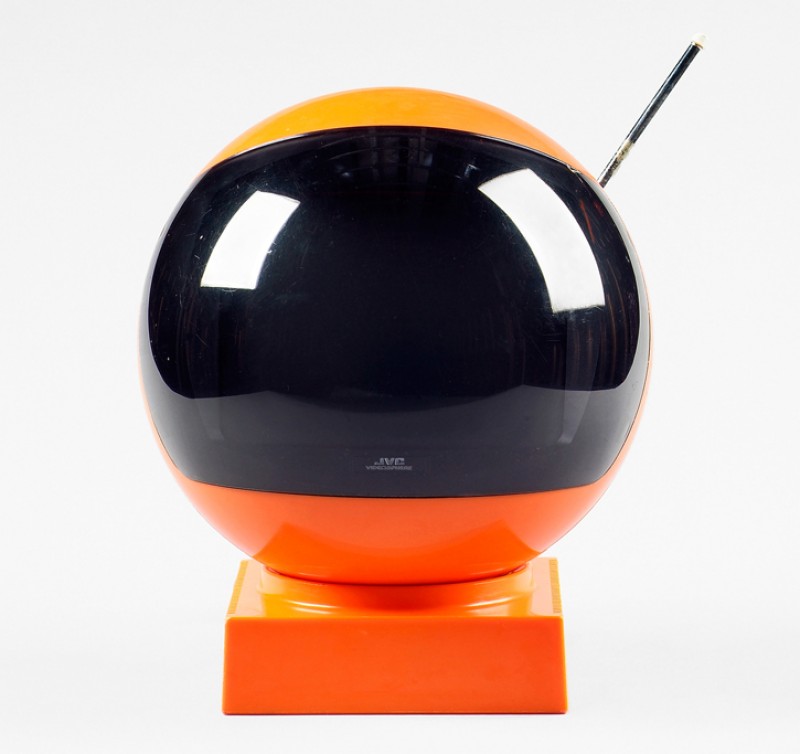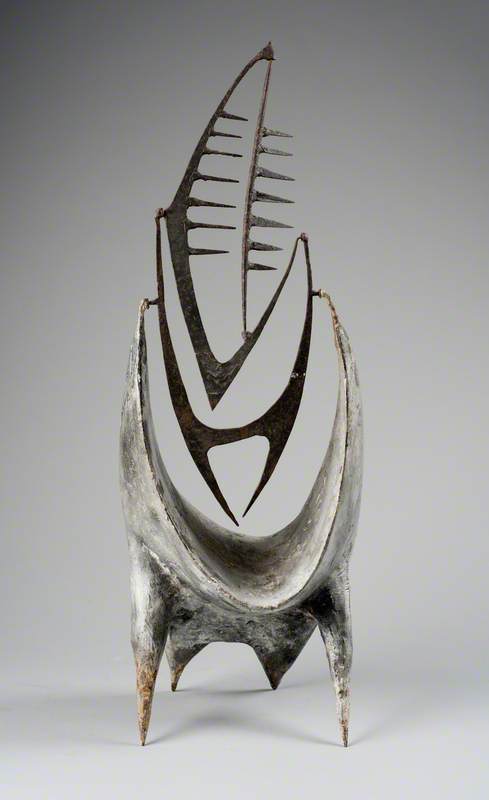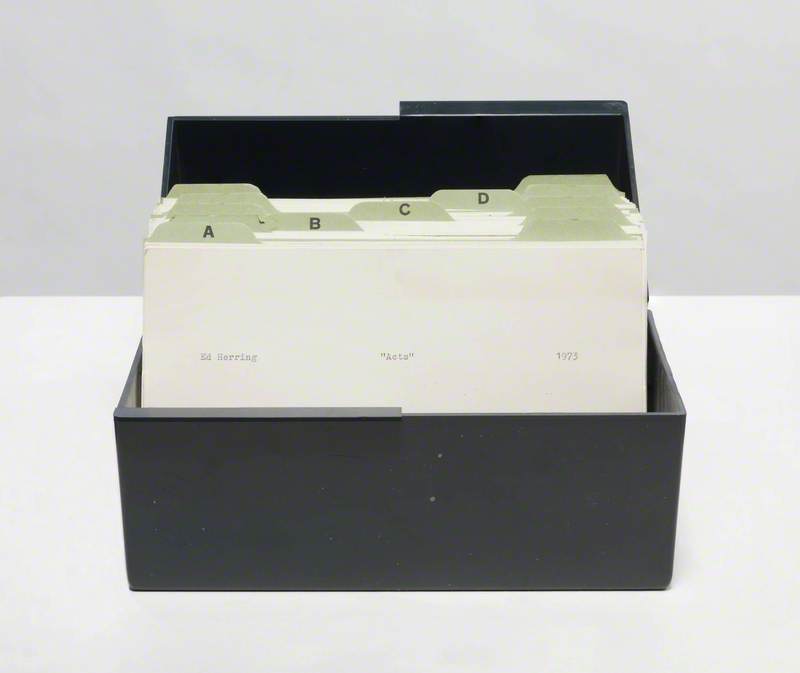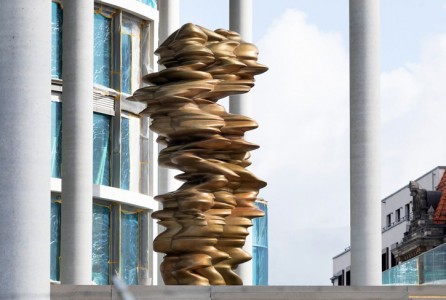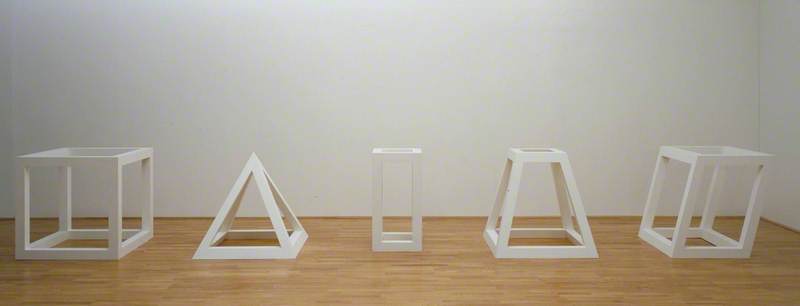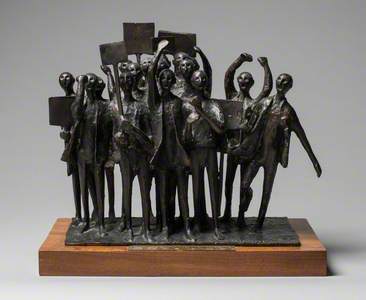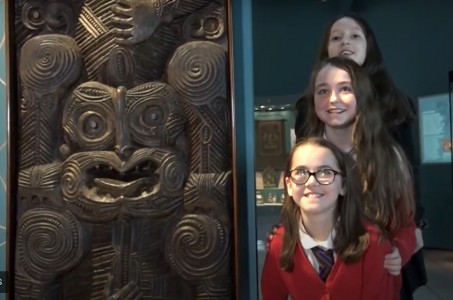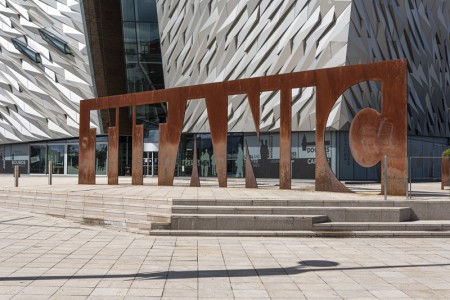‘Sculpture is something you bump into when you back up to look at a painting.’ – Ad Reinhardt
This cheeky quote from the abstract painter Ad Reinhardt illuminates a deeper truth: sculpture has often been wrongfully treated as an afterthought to painting. In reality though, throughout history sculpture has been at the forefront of public debate, especially since it was often created to project power – whether that was the power of the Church, the monarchy or politicians.
The UK has an exceptional and diverse artistic heritage, and that includes sculpture. Art UK's sculpture project will give this underappreciated medium the same status as the oil paintings already on the site. This will change people's perceptions and allow
A significant proportion of the nation's sculpture is not on display and very little has been photographed. However, February 2019 has seen the first sculptures in our project go online – up to 150,000 sculptures will be catalogued and digitised by 2020. So it seems like an excellent opportunity to take a step back and discuss exactly what we mean by 'sculpture'.
Over the centuries sculpture has evolved to encompass a myriad of different forms – reliefs, monuments, tombs, busts, carvings, effigies, ceramics, found objects, assemblages, installations, earth arts – the list goes on... and is also subject to many interpretations. So when deciding on the scope of the project, one of the most difficult tasks we faced was to answer the seemingly simple question: ‘what is
In the Oxford English Dictionary,
So far, so simple. But what does that mean for our exceptional team of coordinators, photographers and volunteers working hard on spotting sculpture across the country?
We knew from digitising the nation's oil paintings that the logistical process of digitising the UK’s sculpture collection would be dauntingly huge and complicated. Art UK is a charity, meaning sadly we do not have the funding or resources to include everything we would like to within this project –
So for the sake of making this a manageable and cost-effective project, we had to be selective and choose which types of three-dimensional art to include – and what not to include. During the project’s development stage, a lot of time was spent deliberating this decision.
With the help of our Sculpture Steering Panel, we came up with the following...
Generally speaking, the sculptural works included are three-dimensional, high-relief, low-relief, figurative or abstract, static or kinetic, and sometimes interactive.
There are various other criteria:
Country of origin
The project is not confined to just 'western' art and includes sculptures from anywhere in the world.
Production date
The sculptures must have been made within the last thousand years, i.e. from AD c.1000 onwards (sorry, antiquity lovers).
Materials
Sculptures included in the project can be made from:
- stone (marble, granite, alabaster, etc.)
- wood (mahogany, oak, walnut, etc.)
- metal (bronze, brass, copper, stainless steel, etc.)
- plaster and fired clay
- concrete
- glass and fibreglass
papier -mâché- plastics
- ‘found’ objects (originating from the French 'object trouvé', it describes art made from a pre-existing object or material, which the artist has designated as 'art')
The Last Supper (from the Church of St George, Antwerp)
late 15th C–early 16th C
unknown artist 
The project has excluded functional objects in these media, as well as objects which are decorative in character rather than sculptural.
Copies and casts
These are included, but casts created for sale or distribution as mass-produced reproductions (even if in comparatively small editions) are excluded.
Object types
The following types of sculpture are included in the project:
- statues and figures (human, animal and abstract)
- busts and heads
- abstract sculptures
- religious, devotional and ritual objects, such as altarpieces, and figurative reliquaries
- figurative memorials and tombs
- architectural features (only if detached and figurative)
- constructed sculpture, such as assemblages made from multiple materials
- preparatory works and maquettes
The materials we are excluding are bone, jade and wax.
For public sculpture, we have followed the remit of our project partners, the Public Monuments and Sculpture Association (PMSA), who record landscape or urban features that are sculptural and/or commemorative, or both.
Which other types of sculpture are excluded from the project?
We are not including the following: body art, cameos, coins, dolls and figurines, figureheads, masks, medals, medallions, memorial brasses, metal plaquettes, models (that are not preparatory works) netsuke and inro, puppets, performance art, seals and matrices, silverware and trophies, studio pottery, toys, video art, arms and armour, ceramics/pottery, craft, furniture, gemstone, jewellery, tableware, taxidermy, and fragments of sculpture (unless there is a compelling reason for their inclusion).
There may be works that the participating collections believe should be included in the project, or are ‘self-defined’ as ‘sculpture’ by the artist, but which come under the excluded list. In these cases, we ask the collection to speak to their Coordinator, as we may decide to make an exception and include them.
Our sculpture project is now visible to the public – from today, the first thousand works are available to view online. To understand sculpture better is to engage with the history of our nation in a novel and refreshing way – let Art UK be your guide on this ongoing artistic journey!










